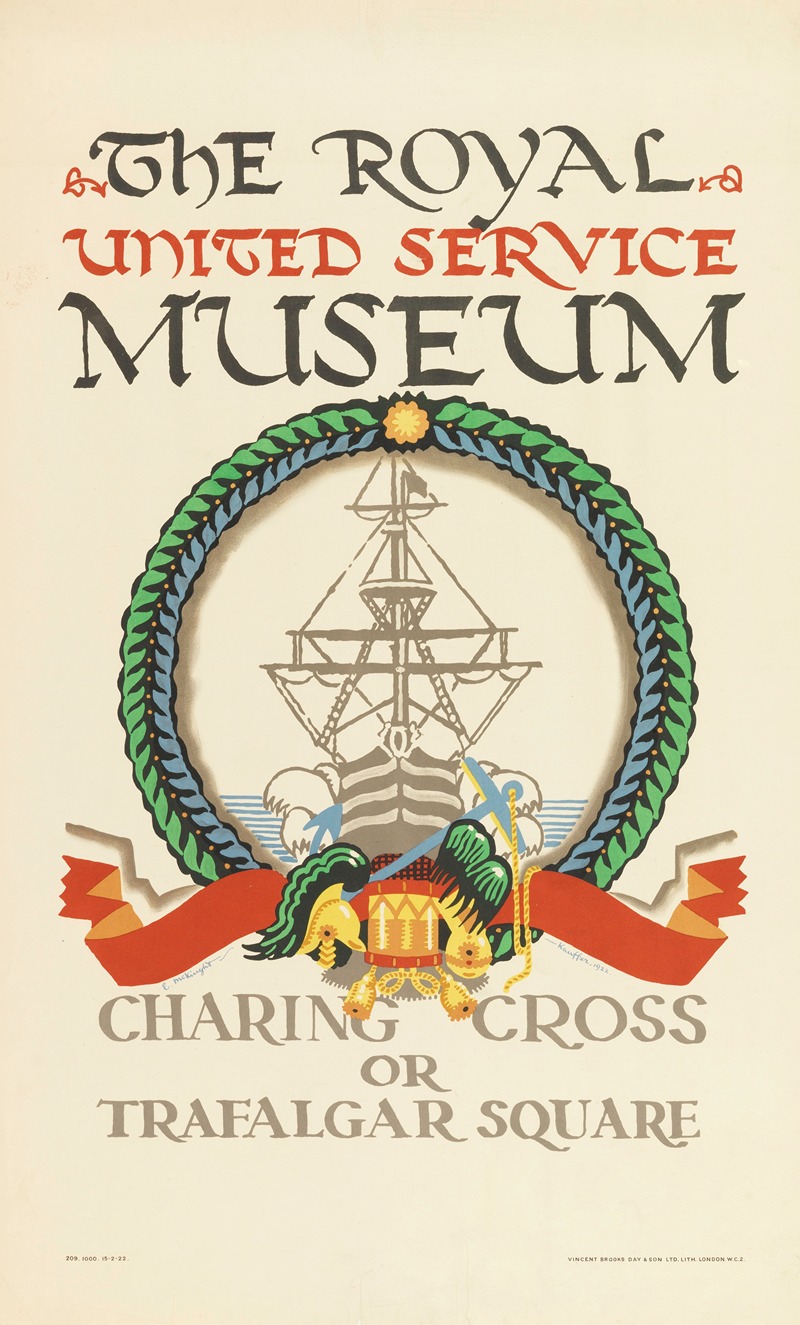
The Royal United Service Museum, for London Underground
A hand-painted replica of Edward McKnight Kauffer’s masterpiece The Royal United Service Museum, for London Underground, meticulously crafted by professional artists to capture the true essence of the original. Each piece is created with museum-quality canvas and rare mineral pigments, carefully painted by experienced artists with delicate brushstrokes and rich, layered colors to perfectly recreate the texture of the original artwork. Unlike machine-printed reproductions, this hand-painted version brings the painting to life, infused with the artist’s emotions and skill in every stroke. Whether for personal collection or home decoration, it instantly elevates the artistic atmosphere of any space.
Edward McKnight Kauffer's The Royal United Service Museum, for London Underground is a poster designed in 1922 to promote the Royal United Service Museum in London. Kauffer, an American-born artist and graphic designer, was renowned for his pioneering work in commercial art and his innovative use of modernist styles, particularly in posters created for the London Underground. This specific work exemplifies his ability to blend artistic creativity with functional design, making it both visually striking and effective as an advertisement.
The poster was commissioned by the Underground Electric Railways Company of London (UERL), which frequently employed Kauffer to create promotional artwork. During the early 20th century, the UERL sought to encourage the use of public transport by advertising cultural and leisure destinations accessible via the London Underground. Kauffer's posters played a significant role in this campaign, combining bold colors, geometric forms, and dynamic compositions to capture the attention of commuters.
In The Royal United Service Museum, for London Underground, Kauffer uses a modernist aesthetic to depict a stylized image of military artifacts, including a cannon and a soldier in uniform, referencing the museum's collection. The Royal United Service Museum, which was housed in Whitehall at the time, showcased military and naval artifacts, offering visitors insights into British military history. Kauffer's design emphasizes the museum's historical significance while aligning with the avant-garde artistic trends of the period.
The poster is notable for its use of abstraction and simplified forms, hallmarks of Kauffer's style. These elements reflect the influence of movements such as Cubism and Futurism, which Kauffer encountered during his time in Paris before moving to London. His work for the London Underground is often credited with elevating the status of commercial art, bridging the gap between fine art and advertising.
Today, Kauffer's posters, including The Royal United Service Museum, for London Underground, are celebrated as iconic examples of early 20th-century graphic design. They are held in high regard for their artistic innovation and their role in shaping the visual identity of the London Underground. Original copies of his posters are preserved in collections such as the London Transport Museum and the Victoria and Albert Museum, where they continue to be studied and admired for their historical and artistic significance.





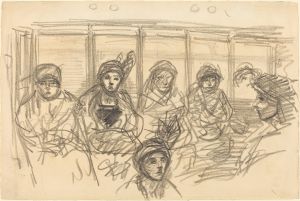
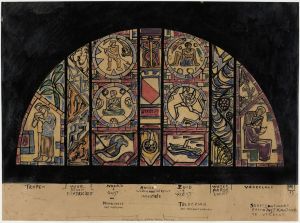
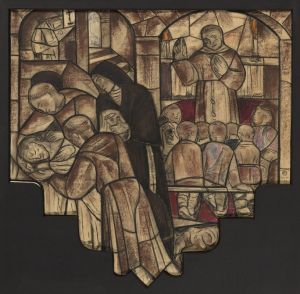
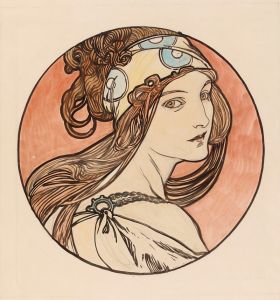
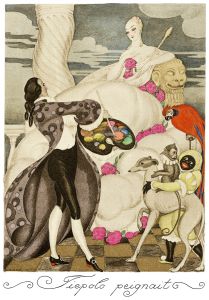
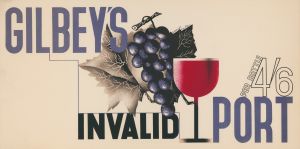
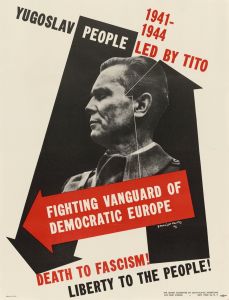
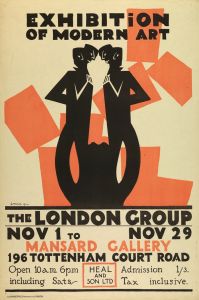
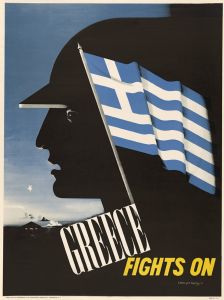
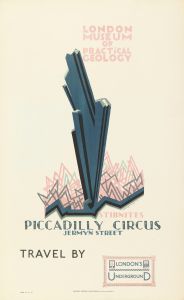
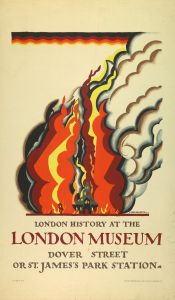
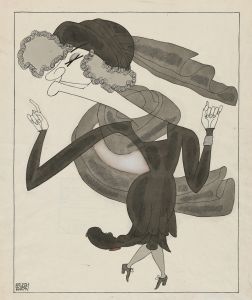
![Interior design sketches for Alamac Hotel, 71st and Broadway, New York, NY.] [Study for living room suite](/imgs/249366/s/winold-reiss-interior-design-sketches-for-alamac-hotel-71st-and-broadway-new-york-ny-study-for-living-room-suite-4619965b.jpg)